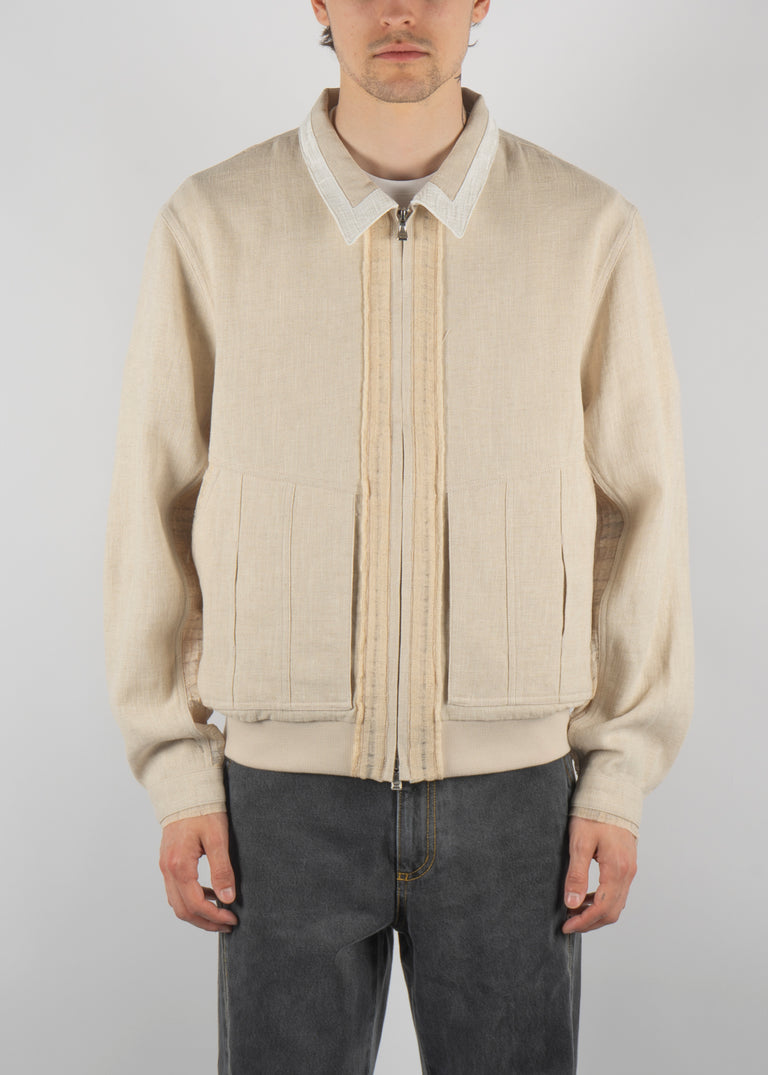
Design philosophy can be spread across multiple mediums. The Japanese concept of Wabi-Sabi centered on finding beauty in imperfection, can be found in designers such as Yohji Yamamoto who emphasise asymmetry and raw textures yet also expressed in the world of ceramics through Kintsugi pottery which repairs broken pottery with gold.
Delving into the artistic design of Korean culture, XLIM exhibits clean silhouettes, functional detailing, and pared-down aesthetics that favour structure over ornamentation. Founded by Dohee Kim, XLIM has steadily emerged as one of the most interesting voices in Korean contemporary fashion. This voice echoes in the harmonious environment of contemporary Korean architecture. Both possessing attributes of Minimalism and Precision, Geometry and Modularity, Materiality and Functionality all wrapped in Urban Integration.

Layers are integral in both spaces, Seouls architecture is built on these layers, void against volume. In the same way XLIM crafts garments as architectural compositions. Jackets become modular shells, the clothing becomes geometric panels and the layering creates adaptable contemporary minimalist structures that occupy the body the same way contemporary buildings occupy the surrounding traditional space.
Concrete, Steel, Grass are the languages of architecture, XLIM conveys its story through its precise fabric selection. Technical nylons, faded denims, and textured cottons channel the tactile experience of modern Korean buildings. A Semi-sheer crinkled plain-woven linen-blend shirt which resembles weathered stone of the MMCA Museum of Modern and Contemporary Art, or a Waffle-knit and knit stretch cotton jacket mirrors the exterior of the Ann Demeulemeester building. Furthermore, XLIM’s muted palettes echo the tones of Seoul’s skyline: grey concrete, soft beige plaster, the reflective shimmer of steel.
Few brands embody the design dialogue spoken by Koreas thriving architectural stage more vividly than XLIM, redefining the aesthetics of modern minimalism, XLIM is architecture in motion. Concrete and cloth, built and worn — two languages, one philosophy.
